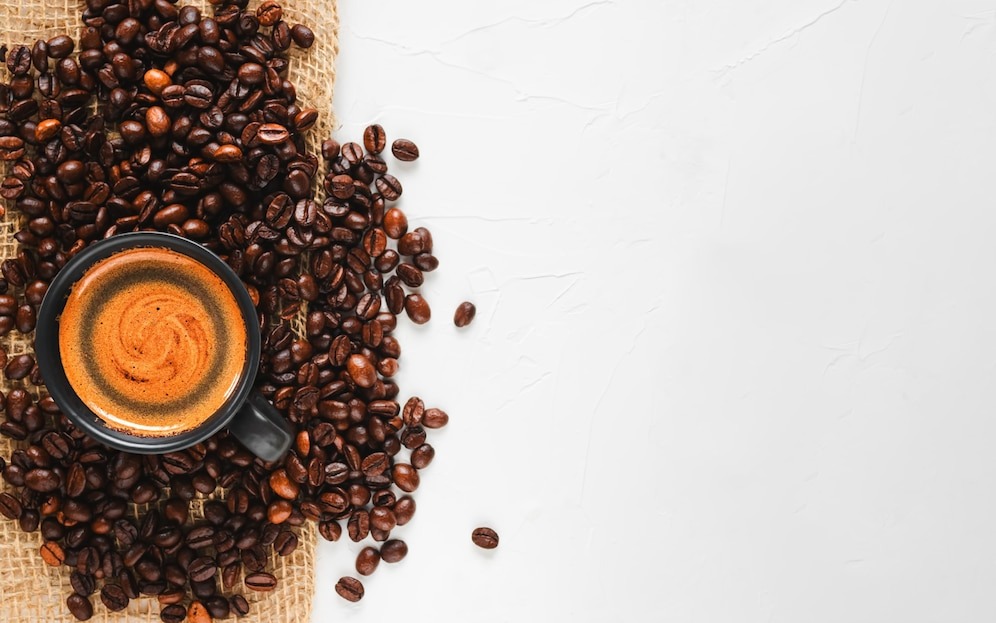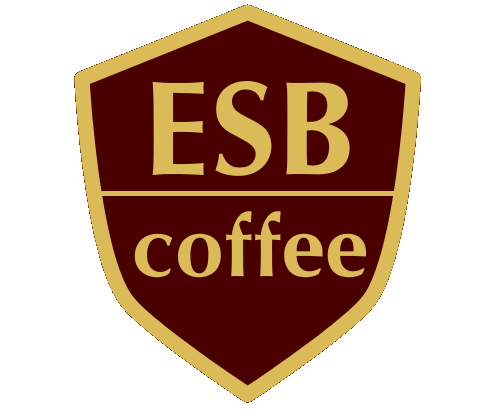Wake up and smell the coffee! But wait, is it the rich, intense aroma of a well-brewed espresso that you crave? Well, buckle up because you’re about to take a rollercoaster ride through the wonderful world of espresso. Through thick and thin, this handy guide will hold your hand and help you unlock the hidden secrets of brewing the perfect cup. Ready, set, brew!

How to Get the Best Flavor Out of Espresso? Tips, Tricks, and Guide
Choosing the Beans: A Stitch in Time Saves Nine
Ah, the mighty coffee bean – the quintessential ingredient that can make or break your espresso. But how do you choose the right one?
- Freshness is Key: Like a breath of fresh air, freshly roasted coffee beans bring an unmatched vibrancy to your espresso.
- Arabica vs. Robusta: In the battle of the beans, Arabica stands tall with its sweet, soft taste and higher acidity. Robusta, on the other hand, has a stronger, more bitter flavor. Mix and match to find your perfect blend!
Keeping Your Beans in Tip-Top Shape
Once you’ve got your hands on the perfect beans, how do you make sure they don’t go flat as a pancake?
- Storage Savvy: Keep beans in a cool, dark place, away from the oven or any heat source. Airtight containers are the bee’s knees for this job.
- Grind It Right Before Brewing: Grinding beans ahead of time is a big no-no. To capture that oh-so-fresh flavor, grind just before you’re ready to brew.
Water: The Unsung Hero
Who’d have thought that water could be such a game-changer? After all, it’s the medium that extracts all the goodness from the coffee grounds.
- Water Temperature: Hold your horses! The ideal temperature range is 195 to 205 degrees Fahrenheit (90-96 degrees Celsius). Any hotter and you’ll burn the coffee; any cooler and under-extraction will leave your espresso tasting as weak as a kitten.
- Quality Counts: Filtered or bottled water is the best bet, as tap water can sometimes taste a bit off and affect the final flavor.
Mastering the Grind
What’s the grind got to do with it, you ask? A lot! The coarseness of your coffee grind affects the extraction process.
- Fine but Not Too Fine: The sweet spot for espresso is a fine grind, but not as fine as powdered sugar. Think somewhere between table salt and powdered sugar.
- Consistency is King: Ensure that the grind is consistent. Uneven grinds can lead to over or under-extraction.
Adjusting the Grind to Taste
This might sound like splitting hairs, but adjusting the grind based on taste is a big deal. If your espresso tastes bitter and over-extracted, make the grind coarser. If it’s under-extracted and thin, make it finer.
Tamping: More Than Just Pressing Grounds
Tamping involves compressing the coffee grounds into the portafilter. But beware; there’s a method to the madness.
- Even Distribution: Before tamping, distribute the grounds evenly in the portafilter. Uneven distribution is like throwing a wrench in the works.
- Pressure Matters: Apply approximately 30 pounds of pressure. Too little and the water will rush through the grounds; too much and it will barely trickle through.
Dialing in the Perfect Espresso Shot
Let’s cut to the chase. Brewing the espresso is where the rubber meets the road. It’s time to bring together everything we’ve discussed and pull the perfect shot.
- Time is of the Essence: A typical espresso shot should take about 25-30 seconds to brew.
- Golden Ratio: The general rule of thumb is to use a 1:2 ratio of coffee to water (e.g., 18 grams of coffee for a 36-gram shot).
Cleaning: Don’t Turn a Blind Eye
After indulging in that heavenly cup of espresso, it’s easy to forget about cleaning. But let’s face it; nobody wants to drink coffee that’s been tainted by the ghosts of espressos past.
- Clean After Each Use: Make it a habit. Trust us; your future self will thank you.
- Regular Maintenance: Don’t forget about the internal parts. Follow the manufacturer’s recommendations for descaling and deep cleaning.
Tools of the Trade
You wouldn’t bring a knife to a gunfight, would you? Likewise, make sure you’re armed with the right tools.
- High-Quality Grinder: The cornerstone of great espresso. Don’t skimp on this one.
- Tamper: A good tamper can make tamping consistent and easier on your hands.
- Scales: Precision is key when measuring coffee and water.
- Temperature-Controlled Kettle: For when you’re manually controlling water temperature.
The Magic of Milk
If you’re a cappuccino or latte lover, knowing how to froth milk like a pro can take your espresso to cloud nine.
- Fresh, Cold Milk: Start with cold milk, as it froths better. And fresher milk creates finer, more consistent foam.
- Steam Wand Technique: Submerge the steam wand just below the surface of the milk and steam until it’s velvety and has doubled in volume.
Cup Size and Material
Would you wear shoes that don’t fit? The same goes for the cup you serve your espresso in.
- Smaller is Better: Espresso cups should hold 2 to 3 ounces.
- Material Matters: Thick ceramic cups retain heat well and don’t impart any flavors to the coffee.
Experiment and Enjoy
Don’t be afraid to march to the beat of your own drum. Experiment with different beans, grinds, and brewing techniques until you find your own slice of espresso heaven.
How to Get the Best Flavor Out of Espresso? Tips, Tricks, and Guide in a Nutshell
- Choose your beans wisely and keep them fresh.
- Water quality and temperature can make or break your espresso.
- Grind to the sweet spot.
- Tamp with care.
- Brew with precision.
- Clean like your life depends on it.
- Equip yourself with the right tools.
- Froth milk to perfection if you’re into that.
- Serve in the right cup.
- Experiment and savor every sip.
FAQs
- What’s the ideal coffee-to-water ratio for espresso?
- A 1:2 ratio is the golden standard. For instance, 18 grams of coffee for a 36-gram shot.
- How fine should I grind my coffee for espresso?
- Aim for a consistency between table salt and powdered sugar.
- How long should it take to brew an espresso shot?
- The sweet spot is 25-30 seconds.
- What’s the best water temperature for espresso?
- Between 195 to 205 degrees Fahrenheit (90-96 degrees Celsius).
- Can I use any coffee beans for espresso?
- While you can use any coffee beans, Arabica beans or a blend of Arabica and Robusta are commonly preferred for espresso.
- How often should I clean my espresso machine?
- It’s best to clean it after each use and follow the manufacturer’s guidelines for deep cleaning and descaling.
Conclusion
Let’s face it; there’s an art to making the perfect espresso. From selecting the choicest beans to pulling the shot with precision, each step is a chapter in the story of your ultimate espresso. So, grab your apron and take a deep dive into the world of espresso brewing. With these tips, tricks, and guide on how to get the best flavor out of espresso, you’re well on your way to sipping on cloud nine. Cheers to the perfect brew!
